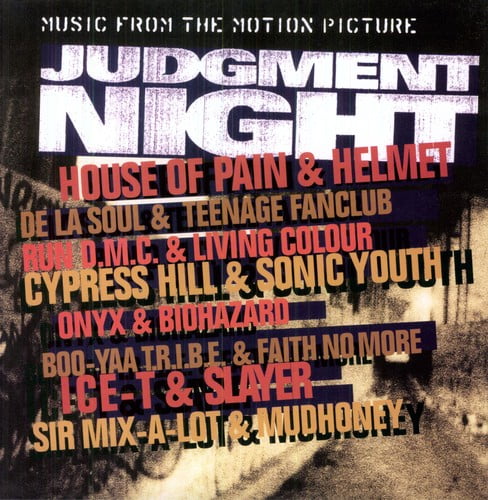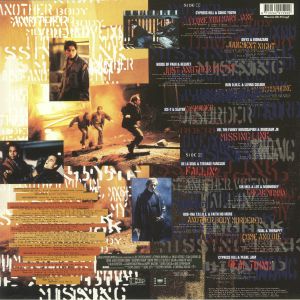
When the documentary project was resurrected for a cinema release, as Let It Be, Lennon and Harrison asked American producer Phil Spector to assemble the accompanying album. The former was issued as the second single from the album in March 1970, and like all the albums recording to this point, was produced by George Martin.

In January 1970, four months after John Lennon's departure from the group, the remaining Beatles completed " Let It Be" and recorded " I Me Mine". The project then lay in limbo as they moved onto the recording of Abbey Road, released that September. In April 1969, the Beatles issued the lead single " Get Back" (backed with " Don't Let Me Down"), after which engineer Glyn Johns prepared and submitted mixes of the album – titled Get Back and subsequently rejected by the band.

The project yielded a single public concert held on the studio's rooftop on 30 January, from which three of the album's tracks were drawn. As a condition of his return, the members reconvened at their own Apple Studio, and recruited guest keyboardist Billy Preston. The filmed rehearsals were marked by ill feeling, leading to George Harrison's temporary departure from the group. Rehearsals began at Twickenham Film Studios in January 1969 as part of a planned television documentary showing the Beatles' return to live performance. The album topped charts in many countries, including both the UK and the US, but the critical response was generally unfavourable, and Let It Be came to be regarded as one of the most controversial rock albums in history. Concerned about recent friction within the band, Paul McCartney had conceived the project as an attempt to reinvigorate the group by returning to simpler rock 'n' roll configurations. It was released on 8 May 1970, almost a month after the group's break-up, in tandem with the documentary of the same name. Let It Be is the 12th and final studio album by the English rock band the Beatles.


 0 kommentar(er)
0 kommentar(er)
